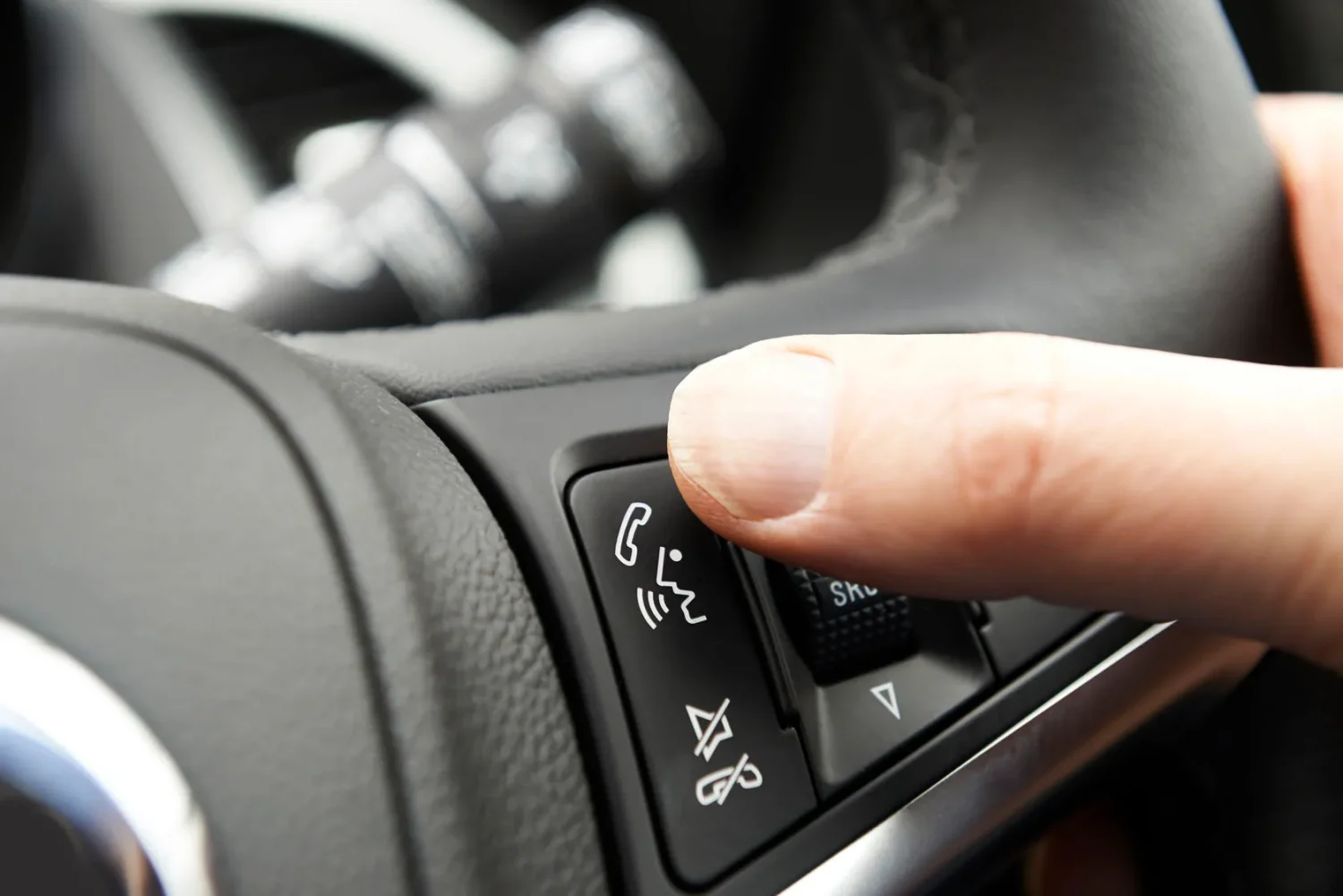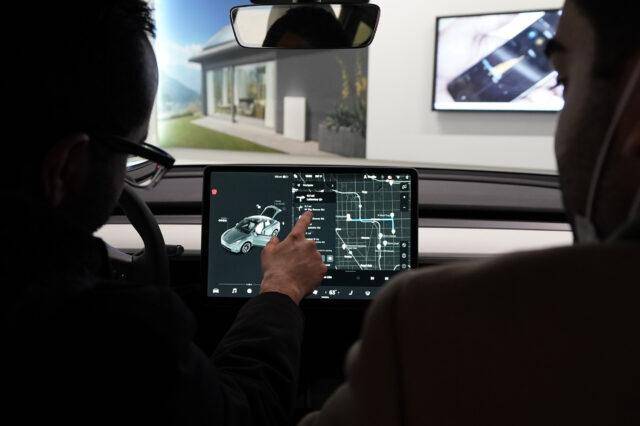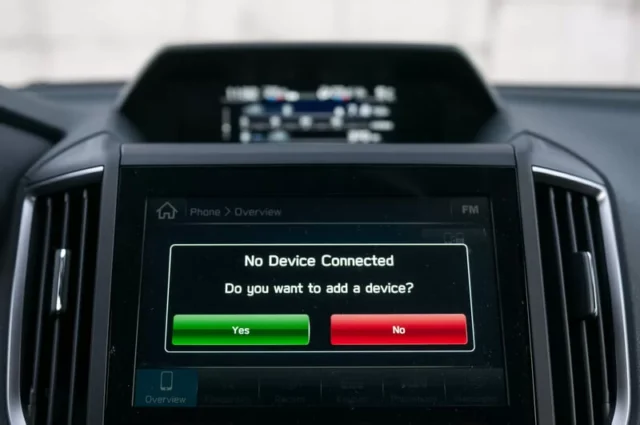
In the modern world, technology is advancing rapidly and making our lives easier. Connected vehicles are one such example of this technological advancement. But with increased convenience comes security risks, which we must be aware of and take steps to protect against. In this article, we explore eight tips for ensuring that your Bluetooth-connected vehicle remains secure. We’ll also find out more about symmetric versus asymmetric cryptography – two crucial concepts when it comes to keeping your car safe from hackers or malicious actors.
So read on to discover how to ensure your connected car stays secure!
1. Use a Strong Password

The most important tip for keeping your car secure is to use a strong password. Ensure it contains both uppercase and lowercase letters, numbers, and symbols, making it harder for hackers to guess the password. Additionally, avoid using common words or phrases that could be easily supposed. It’s also best to change your password periodically in case it has been compromised. Some examples of strong passwords include sjE6$C9Rk&, 3!2QzdF*w^, and 5TK%rG3qX. These are all examples of passwords that would be hard to guess.
2. Enable Two-Factor Authentication
Another great way to secure your car is by enabling two-factor authentication (2FA). This requires a user to enter both a username and password, as well as something else, such as a one-time code sent via SMS or a physical key. This provides an extra layer of security and makes it more difficult for hackers to access your car. Enabling the “Car Lock” feature on your dashboard is one way to ensure that you use two-factor authentication.
3. Encrypt Data Transmissions
Data transmissions between your car and the outside world should always be encrypted. This is where symmetric versus asymmetric cryptography comes in – both are important for secure data transmission. Symmetric cryptography involves using the same encryption key to encrypt data, whereas asymmetric cryptography requires two different keys for each process. This extra layer of security helps protect your data from being intercepted or modified by malicious actors. If you’re unsure which type of encryption to use, it’s best to consult a security expert.
4. Keep your Car Software Updated

Just like when you’re using a computer, it’s essential to make sure that the software on your car is up to date. This helps ensure that any security vulnerabilities or bugs are patched as soon as possible, which can help protect your vehicle from malicious actors. To do this, it’s recommended that you periodically check for updates and install them when available. Check the manufacturer’s website for instructions to update your car’s software.
5. Update Your Security Settings Regularly
Finally, regularly update your security settings so that you are always aware of who or what is accessing your car. If you have connected devices, such as a smartphone or tablet, set up two-factor authentication on these devices. Additionally, it’s a good idea to regularly check the activity logs in your car’s dashboard to see if there have been any suspicious changes or connections.
6. Only Connect to Trusted Devices and Networks
When using Bluetooth in your vehicle, it’s important to only connect to trusted devices and networks. Avoid connecting to public Wi-Fi networks or devices that you don’t recognize or trust. Hackers can use these connections to gain access to your vehicle’s Bluetooth system and steal your personal information.
To ensure that you only connect to trusted devices and networks, make sure that your vehicle’s Bluetooth system is set to “discoverable” mode only when you’re actively trying to pair it with a new device. Also, check that the device or network you’re connecting to is secure and reputable. Avoid using unsecured or public Wi-Fi networks, as they can be easily accessed by hackers who can intercept and steal your personal information.
7. Limit Access to Your Vehicle’s Bluetooth System

If you share your vehicle with others, it’s important to limit access to your vehicle’s Bluetooth system. Avoid pairing devices that you don’t recognize or trust, and consider using a separate profile or user account for each driver to keep personal information separate and secure.
To limit access to your vehicle’s Bluetooth system, set up separate user accounts or profiles for each driver. This will ensure that personal information is kept separate and secure, and prevent other drivers from accidentally deleting or altering your settings.
Additionally, if you’re loaning your vehicle to someone else, make sure to remove any devices that are currently paired with your vehicle’s Bluetooth system. This will prevent the other driver from accessing your personal information and ensure that your vehicle’s Bluetooth system remains secure.
8. Turn Off Bluetooth When Not in Use
When you’re not using your vehicle’s Bluetooth system, it’s important to turn it off. This will prevent hackers from gaining access to your vehicle’s Bluetooth system and protect your personal information.
Leaving your Bluetooth system on when you’re not using it leaves you vulnerable to potential security threats. Hackers can use your Bluetooth signal to gain access to your vehicle’s systems and steal your personal information. Additionally, leaving your Bluetooth system on can drain your vehicle’s battery, reducing its lifespan.
To turn off your vehicle’s Bluetooth system, consult your owner’s manual or contact your dealership. In many cases, turning off your vehicle’s Bluetooth system is as simple as pressing a button on the dashboard or infotainment system.
When To Start
Now that you know how to keep your Bluetooth-connected vehicle secure, it’s time to implement these security measures. Make sure to use strong passwords, enable two-factor authentication, encrypt data transmissions, keep your car software up to date, and regularly update your security settings. These steps will help ensure that only authorized users can access your car and protect it from potential security threats.
Final Thoughts
By following these tips, you can make sure that your Bluetooth-connected vehicle remains secure and protected from malicious actors. With a few simple steps, you can help ensure that your car is protected and enjoy the convenience of a connected car without compromising security. So don’t delay – start implementing these tips today!









